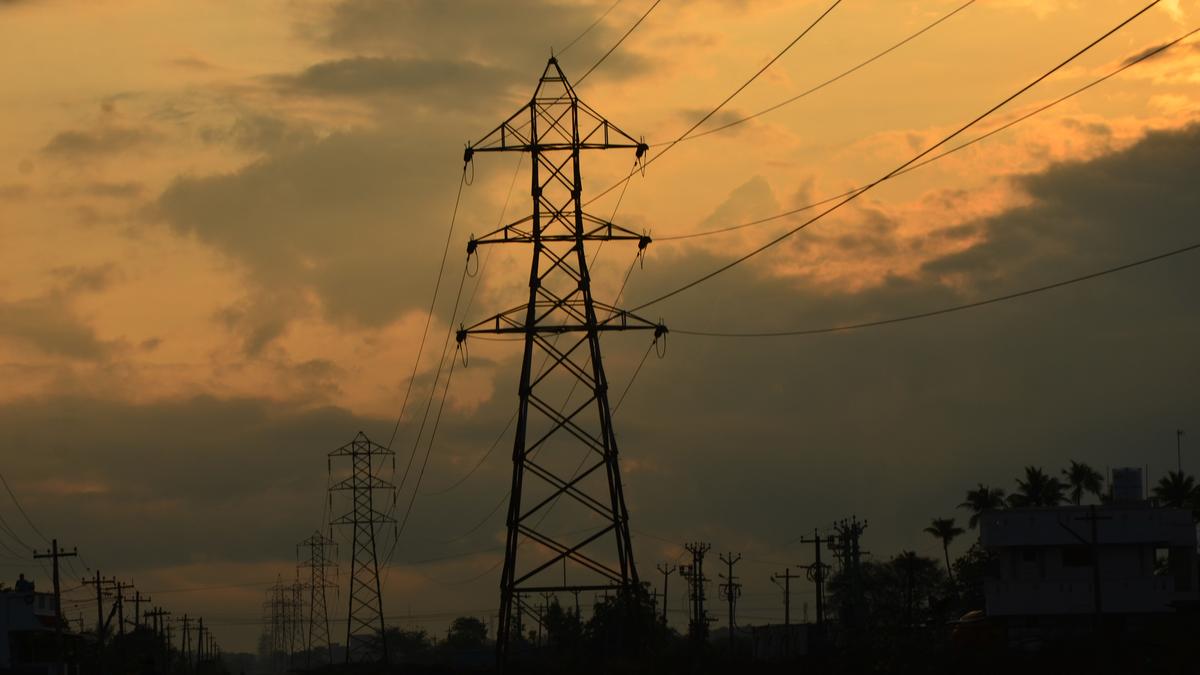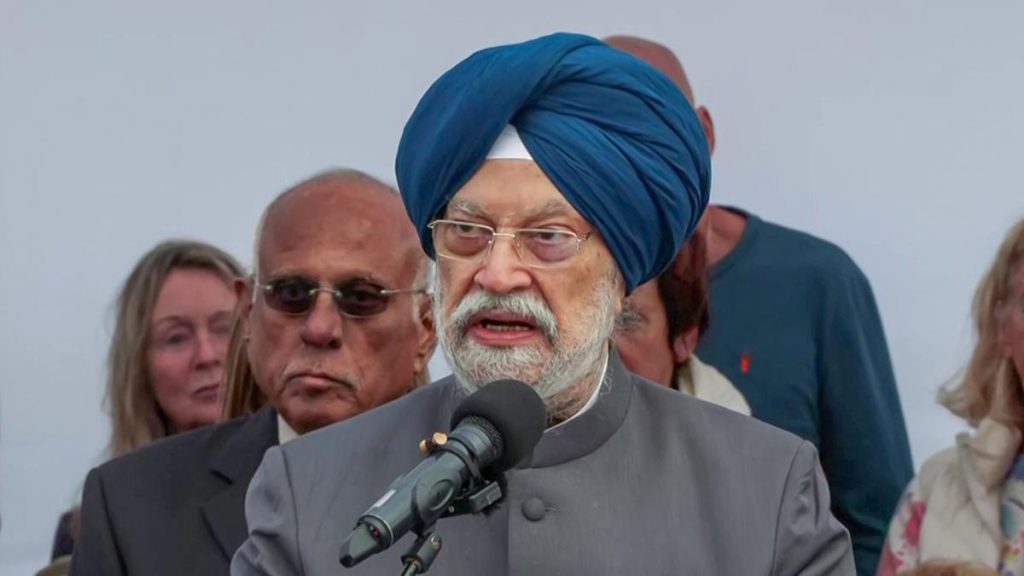Now Reading: Tamil Nadu Electricity Ombudsman Denies NHAI’s Tariff Category Revision Request
-
01
Tamil Nadu Electricity Ombudsman Denies NHAI’s Tariff Category Revision Request
Tamil Nadu Electricity Ombudsman Denies NHAI’s Tariff Category Revision Request

Swift summary:
- Teh Tamil Nadu Electricity ombudsman rejected a petition by the National Highways Authority of India (NHAI) seeking reclassification of its electricity tariff for streetlights and high mast lights on NH-67 Trichy Bypass.
- NHAI sought to change the classification from LM 51 tariff to LT 2(a), stating that the lights are strictly for public safety and should align with tariffs applicable to local bodies.
- TNPDCL responded that LT 2(a) is reserved for public lighting provided directly by local governance entities. as NHAI is a central agency, it does not qualify under this category.
- TNPDCL argued LM51 is the default classification for services not falling into prescribed categories, citing similar cases such as toll plazas categorized under LM51.
- The ombudsman stated that any clarification regarding Tariff II-A eligibility should come from the Tamil Nadu Electricity Regulatory Commission (TNERC).
- NHAI highlighted inconsistency in decision-making, noting approval processes underway in similar cases elsewhere within Tamil Nadu.
Indian Opinion Analysis:
The ruling underscores jurisdictional and regulatory boundaries within India’s energy sector. NHAI’s bid to align streetlight tariff classifications with those granted to local bodies raises an important question about equitable treatment between state-run and centrally-administered agencies.Though, TNPDCL has adhered strictly to established guidelines from TNERC, emphasizing clarity in predefined applicability categories like LT 2(a).While this adherence ensures uniformity, NHAI’s claim of inconsistency may prompt further scrutiny into policy implementation across districts.
Potential implications could include broader deliberations around evaluating needs specific to national highways-given their importance-and whether central entities providing public services merit inclusion in categories designed for state or municipal governance structures. Ultimately, resolution from TNERC will be critical in setting future precedents without creating regulatory ambiguity.
Read more:

























